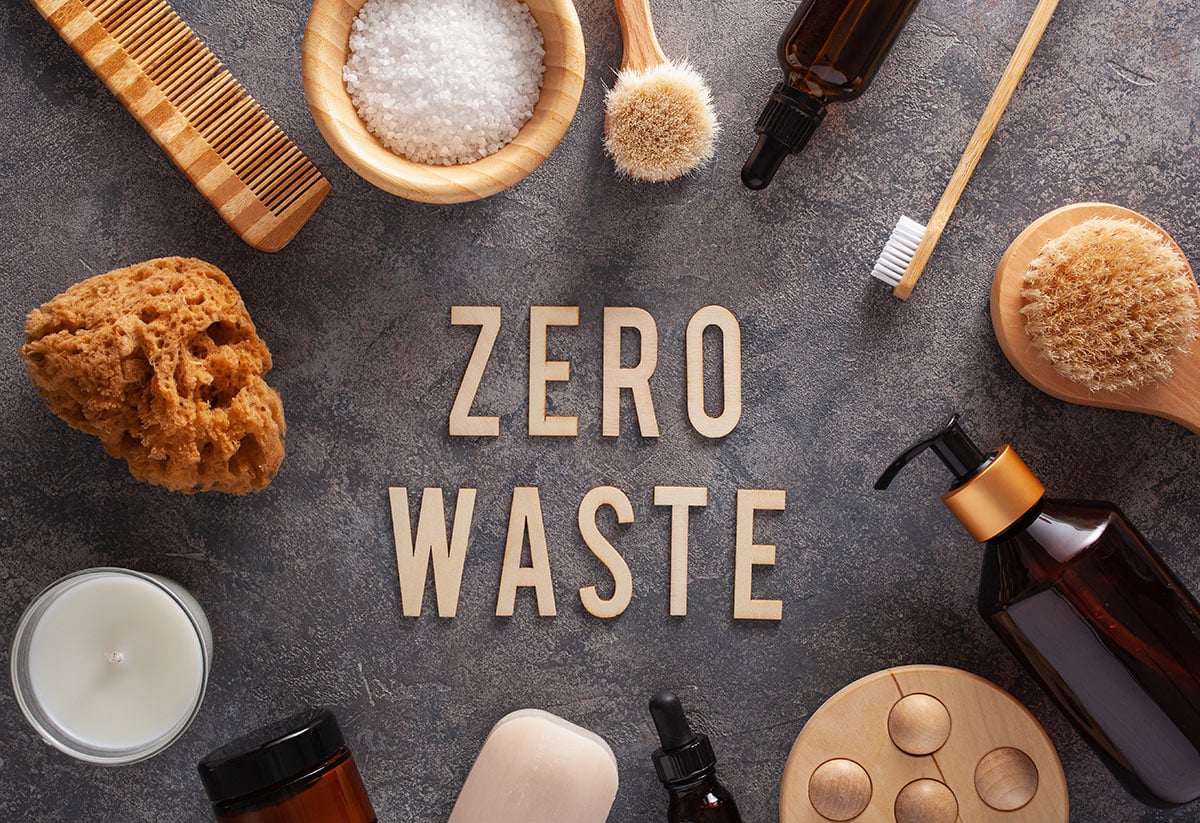Are You Cheating When You Use AI to Create?
Throughout history, humans have used tools to aid their creative process. Today, as we approach the AI age, we face a renewed debate that challenges our notions of originality and authenticity in creativity. The question at hand is whether using generative AI, such as ChatGPT, amounts to cheating.
AI and The Paradox of Innovation:
At the heart of this discussion lies the contradiction of innovation. Every significant discovery or development that simplifies a task sparks doubts about its legitimacy. Just as the quill was once groundbreaking, using AI to create content, art, music, and more now faces skepticism.
The term “cheating” carries negative connotations, suggesting unethical conduct. But can we truly call it cheating to employ tools, like generative AI, to foster creativity?
Echoes of the Past – The Camera Obscura Controversy:

A similar debate arose with the introduction of the camera obscura, an ancestor of the modern camera. It was a simple device—a box or room with a hole through which light projected an image onto an inner surface. Many famous artists of the past were suspected of using this tool to assist their work.
For example, did the Dutch painter Johannes Vermeer use a camera obscura to capture the interaction of light and shadows in his paintings? And if he did, does that take away from the brilliance of his work? Should we consider him, or any artist who used this tool, a cheat?
To answer these questions, we must look into the meaning of creativity.
The Essence of Creativity
Creativity does not exist in a vacuum; it thrives on inspiration, observation, and yes, even the use of tools. The objective is not to rely only on the tool, but to use it as a medium to express one’s unique perspective.
Take writing, for example. A writer using a generative AI like ChatGPT is not just pressing a button and receiving a finished product. They guide the AI, modify its output, merge it with their own ideas, and refine the final outcome. It is an iterative and collaborative process. The tool is not the creator; it simply facilitates creation.
Similarly, artists who may have utilized the camera obscura were not merely tracing the projected image. They made choices about what to capture, added their interpretations, and refined the depiction based on their unique artistic vision.
Concluding Thoughts
The concern that technology can dilute the authenticity of creation is an age-old argument. However, it is crucial to differentiate between using a tool to aid the creative process and allowing the tool to do all the work.
Just as the camera obscura did not undermine the genius of past artists, AI tools like ChatGPT do not take away from the creative effort of present-day creators. It is not the tools we use but how we use them that ultimately defines our creativity.
The paradox of innovation will persist as human creativity evolves. Yet, it is not about choosing between the tool or the talent. It is about harnessing their combined potential to create something that neither could accomplish alone.




